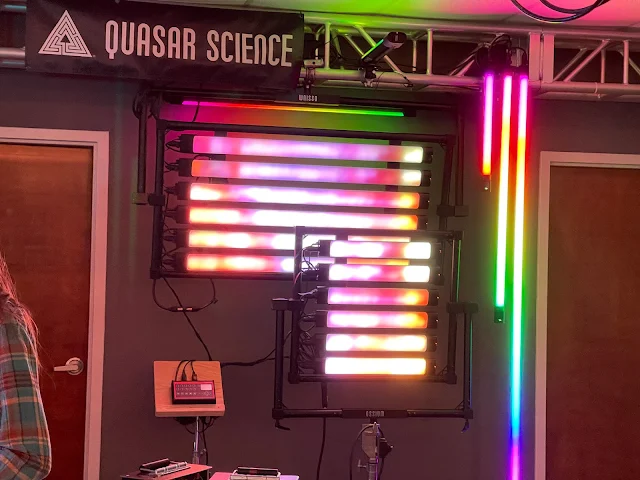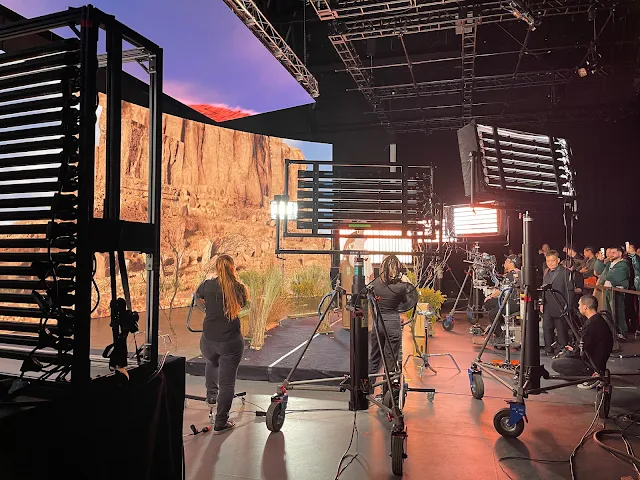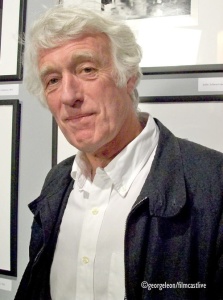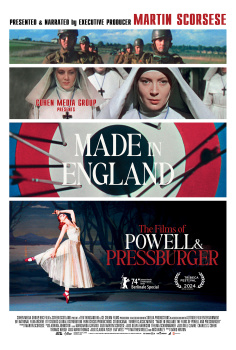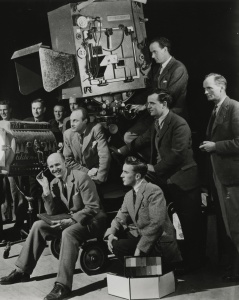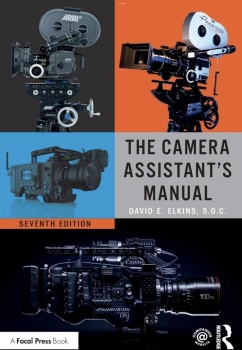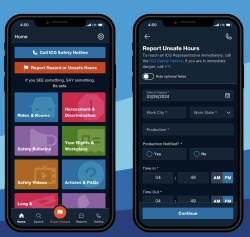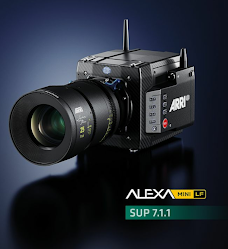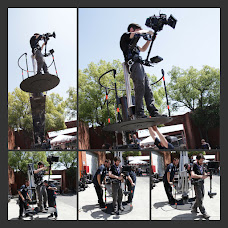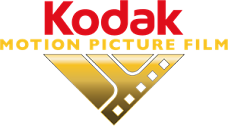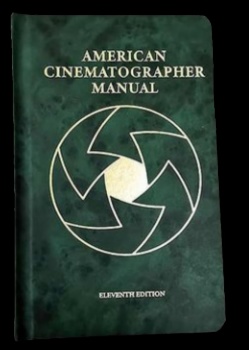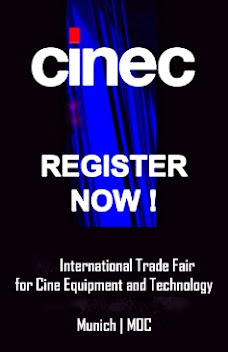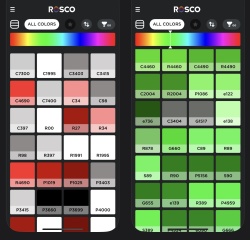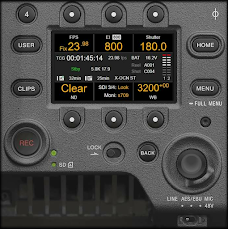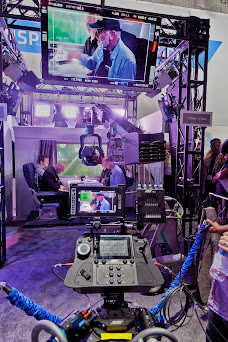Virtual Production environments encompassing LED volumes are an exciting, revolutionary addition to the background capture techniques used in video and motion picture production. A successor to established techniques like green screen and front and rear projection, this latest technology means that your surroundings are limited only by your background content.
WHAT IS VIRTUAL PRODUCTION?
In basic terms, Virtual Production uses digital cinematography, LED volumes, game engines, and processing platforms to create an unlimited world of virtual environments.
LED Volume Walls
An LED volume wall is a system of linked high-end LED panels used to display video footage or 3D content to form a background behind your actors. In essence, it’s like shooting live action in front of a highly sophisticated, extremely large television screen. Used for productions ranging from streaming series to weekly episodic shows to sci-fi blockbusters, LED volume walls can consist of a mobile setup or a more permanent system (volume stage). Providers such as Orbital Virtual Studios can supply background content, production setup, and project management for your Virtual Production capture.
Game Engines
The integration of Game Engines like Unreal Engine (UE) from Epic Games is essential to the use of LED volumes in virtual production. Content created in CGI and rendered in real time via Unreal Engine is truly three dimensional and completely interactive with camera movement, creating a real sense of dimensionality through parallax motion.
Processing
Compositing software such as Assimilate LiveFX, processing platforms from Megapixel VR, camera tracking and CGI solutions from Ncam, and workstations from Silverdraft are popular choices for tying all the visual elements together. Ncam is a 3-dimensional camera tracking solution that sends camera and lens metadata in real time to a content platform such as Unreal Engine.
Why You Should Use Virtual Production?
There are many reasons you should consider Virtual Production, including using an LED volume to increase your creative freedom and when dictated by budget considerations. Specific instances might be: When you can’t physically be there (Mars, or fictional worlds created using ICVFX); or when It is prohibitively expensive to bring the cast and entire crew; or when the location is in difficult-to-access, such as the middle of an ocean; When you're faced with risky capture methods or settings like a car chase or a tornado.
With its immersive Environment, LED volume walls make it easier for actors to maintain their concentration by surrounding your talent with the environment in which the action takes place. Long shoot days in front of a green screen will send most actors running for the hills, but with a volume wall, they get the next best thing to being there.
Image Based Lighting
Dynamic image-based lighting (IBL) and pixel mapping are key technologies that increase the sense of photo realistic immersion in a Virtual Production environment. Since light emanates directly from your footage playback, it accurately depicts any changes in intensity or hue levels striking or reflecting on your talent. If need be, your subject lighting can then be enhanced by adding on-set fixtures. With volume walls, you also are spared the time-consuming task of removing the annoying “spill” that is often reflected on your subjects when using green screens.
LED Volume Walls and Stages
The basis of your LED volume wall setup will often consist of a "plate," a film term which refers to the recording of a background landscape, minus any actors or other subjects. A pared-down crew captures this footage using anywhere from a single camera to eight or more synced and aligned cameras to get a simple wide shot or up to a 360˚ field of view.
Dollies, cranes, and jib arms from providers such as J.L. Fisher and Kessler Crane enable you to position your camera exactly where you prefer and to create dynamic, engaging moves, making the most of volume stage's area. You may not be trekking from one exotic location to another, but stages can be quite large, so using equipment carts will save time and energy. Check out these Inovativ Voyager Carts for wheeling your camera rig around and supporting DIT setups, editing monitors, and other equipment.
Augment the ambient light of your virtual background using LED panels like the Litepanels Gemini or ARRI SkyPanel series to cover large areas with more diffuse lighting. Turn to the Litepanels Studio X LED Fresnel lights for more shaped light output or use the ARRI Orbiter series or Quasar Science Rainbow series of LED tube lights for programmable, image-based lighting with pixel mapping.
Courtesy of Mary Latvis at B&H Photo Video & Pro Audio. All products described above are available for purchase at B&H Photo Video & Pro Audio.
Coming Soon, How to Build an LED Volume wall for Virtual Production











